“Kolkata, most commonly referred to as the “City of Joy,” a name coined by French Author Dominique Lapierre, is India’s fourth largest city and one of its cultural and social epicenters not only for tourism but for opportunities to volunteer and make a difference”
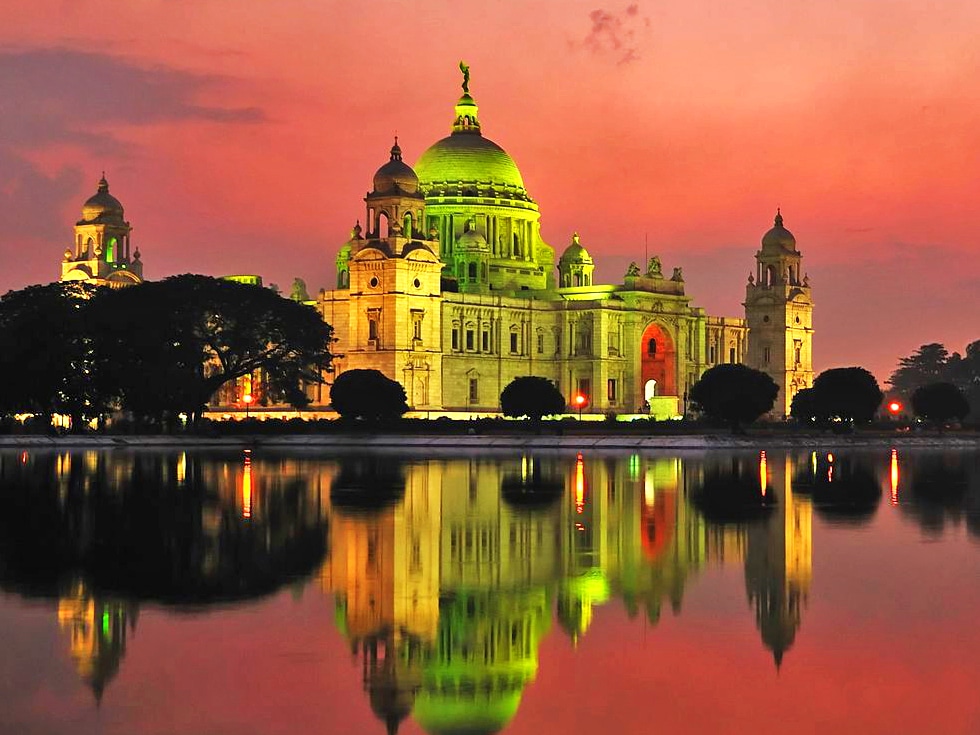
History
Kolkata’s history is linked to the British East India Company. When the British first arrived in India, Calcutta became the capital in 1772.
Kolkata the capital of British India during the 17th to 19th centuries. Calcutta University, the first modern Indian university was founded here in 1857. Kolkata became the center of Indian arts and literature. Consequently, the national movement for independence against the British began its origins here. Furthermore, the capital moved to Delhi in 1911.
Today, Kolkata has become the main business, social, educational, commercial and financial hub of eastern India. Kolkata is a multicultural and cosmopolitan city, with diversity from all over India as well as from Germany, Tibet, China, and the U.K.
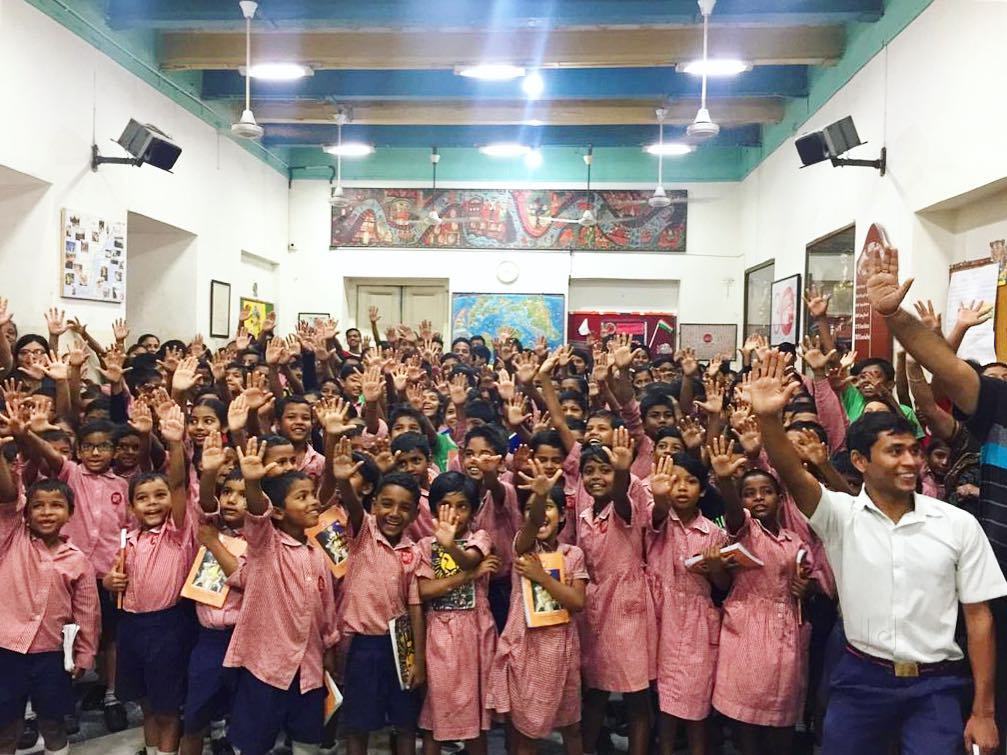
Volunteer
Kolkata has a wide range of volunteer opportunities including helping out at schools, children’s welfare homes, animal shelters, rehabilitation centers, nursing homes for the elderly, and women who have suffered all kinds of violence and abuse. Many developmental organizations are dedicated to causes against trafficking of women and children. They aim to make the world a safer place by protecting their basic human rights.
Whether it’s volunteering at a local school teaching English to children, or educating people about empowerment to help improve the lives of disadvantaged women, Kolkata is filled with infinite possibilities to do benevolent work.
Language
Common to the people of West Bengal, the native language of Kolkata is Bengali. However, most people speak Hindi, but a few speak English as well. Many shopkeepers and taxi drivers are able to have a basic conversation in English. Government offices usually have English-speaking staff on duty. Getting by in Kolkata with English is doable, however, learning some Bengali will make your experience more immersive.
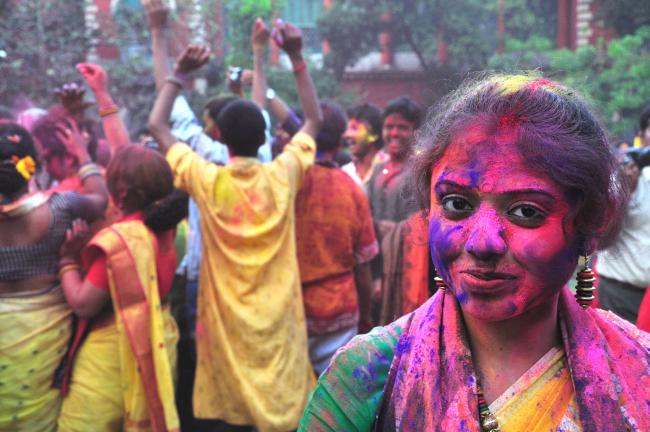
Transportation
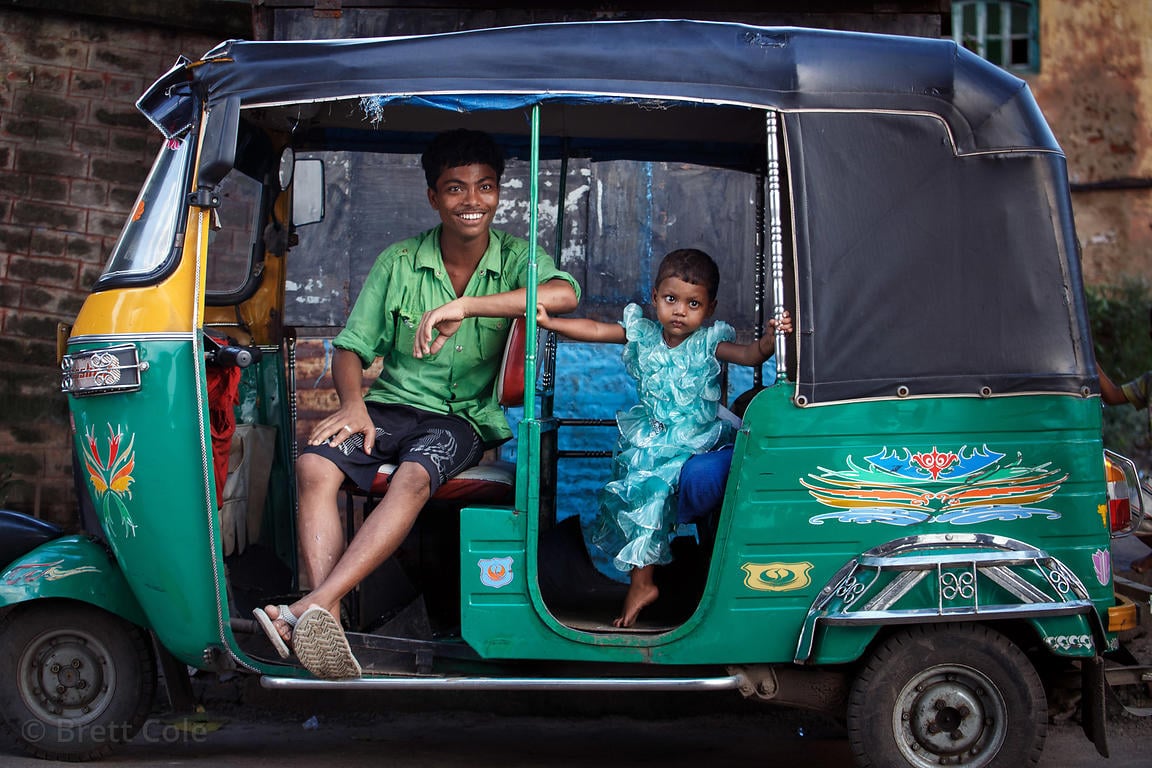
There are infinite ways to get around in Kolkata. The Metro Rail was the first underground rail in India. It is known to be the cleanest, least crowded, most reliable, and most efficient form of public transportation has to offer. Calcutta Tramways, the only tram service in India, is the oldest electric tram network in all of Asia. Although slower than the underground trains, they are an ideal means of traveling between neighborhoods within the urban sprawl of Kolkata. Finally, auto-rickshaws, are shared means of transportation. However, there are no set fares. The fair of an auto-rickshaw is much cheaper than taking a taxi.
Food
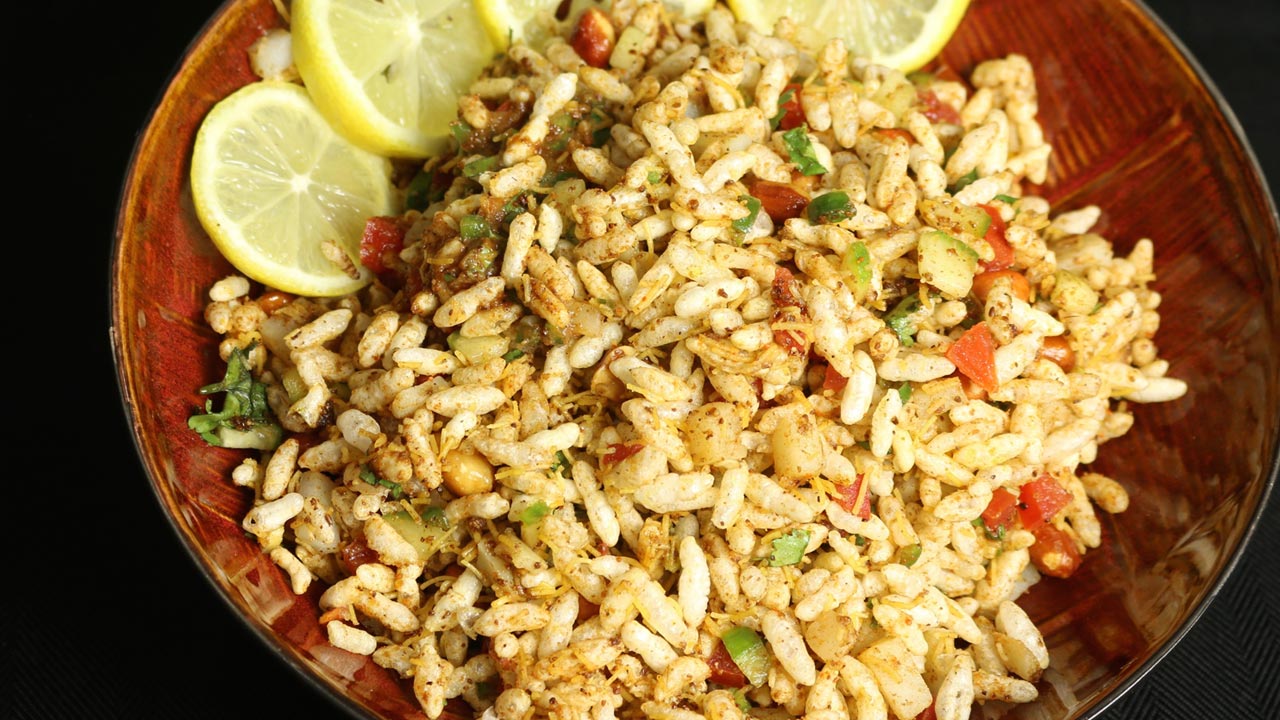
Kolkata is a vegetarian’s delight. Jhal Muri, a popular street food snack is made with puffed rice with roasted peanuts, tomatoes, onions, boiled potatoes, herbs, and exotic spices. For meat eaters, Mughali Paratha, a soft fried bread stuffed with keema, or minced meat, egg, onions, and pepper is another popular street food option.
Conclusion
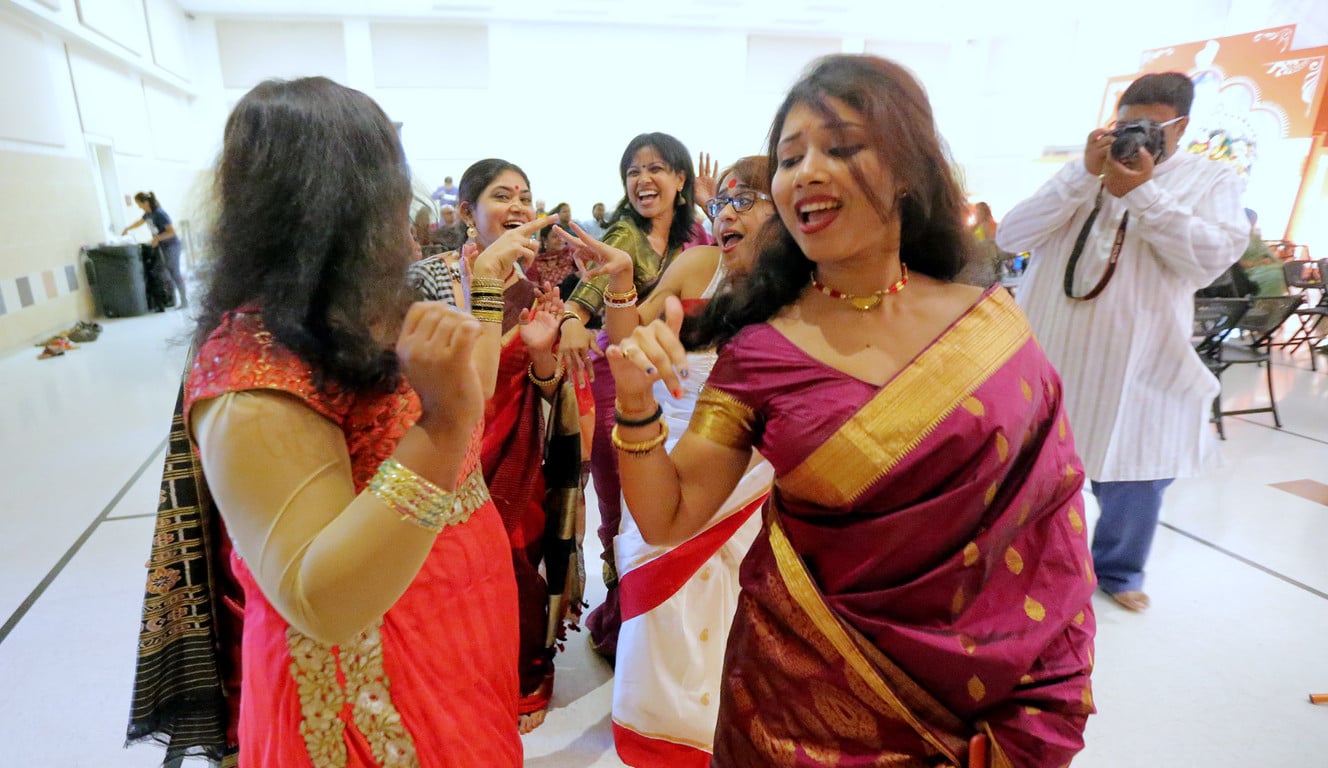
Kolkata, most commonly referred to as the “City of Joy,” a name coined by French Author Dominique Lapierre, is India’s fourth largest city and one of its cultural and social epicenters. From its tropical weather, fish curries, richness in art and culture, Kolkata can be defined by pure joy because of its festivity, hospitality, and endless volunteer opportunities to bring happiness to the lives of the less fortunate.

